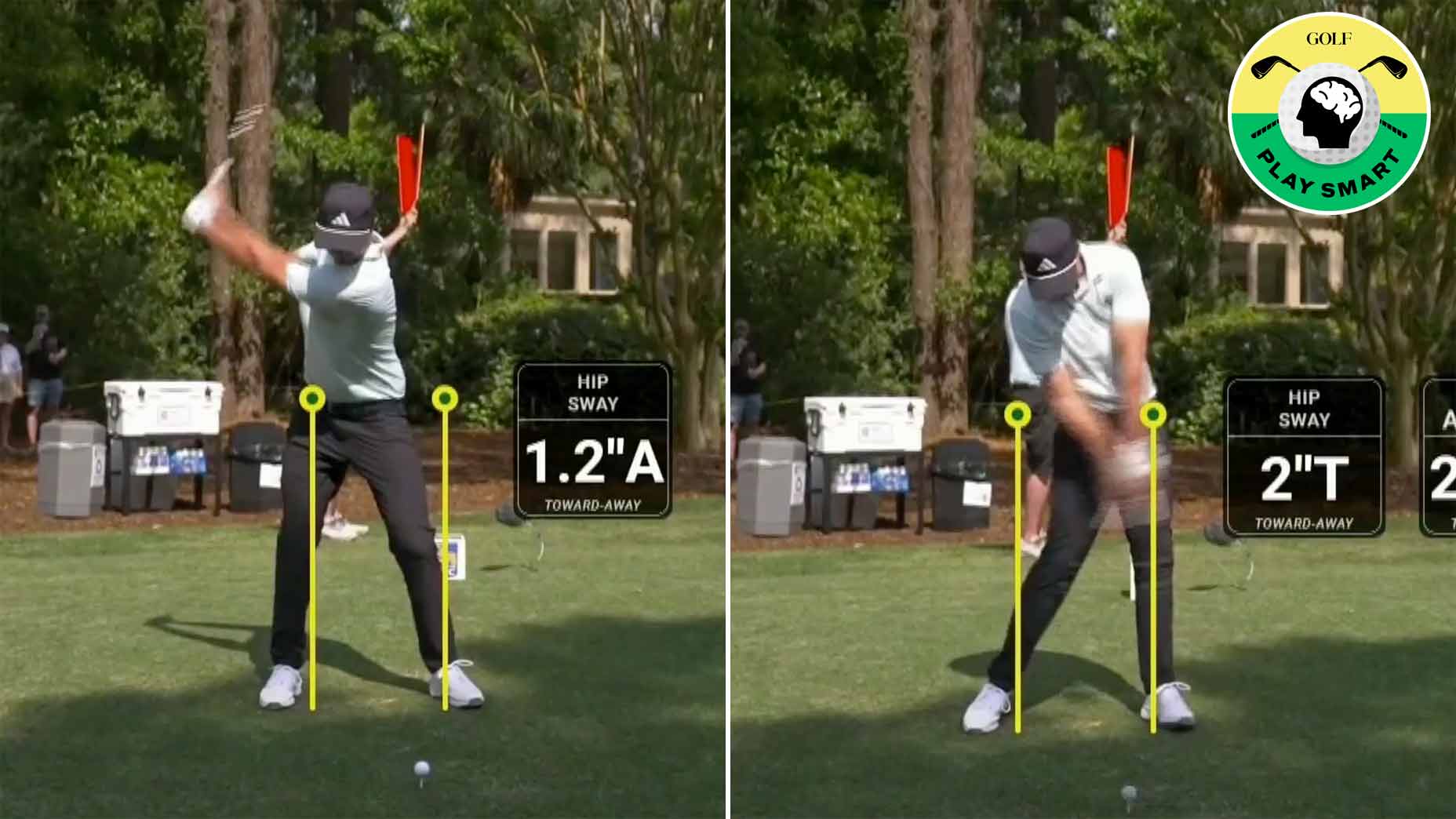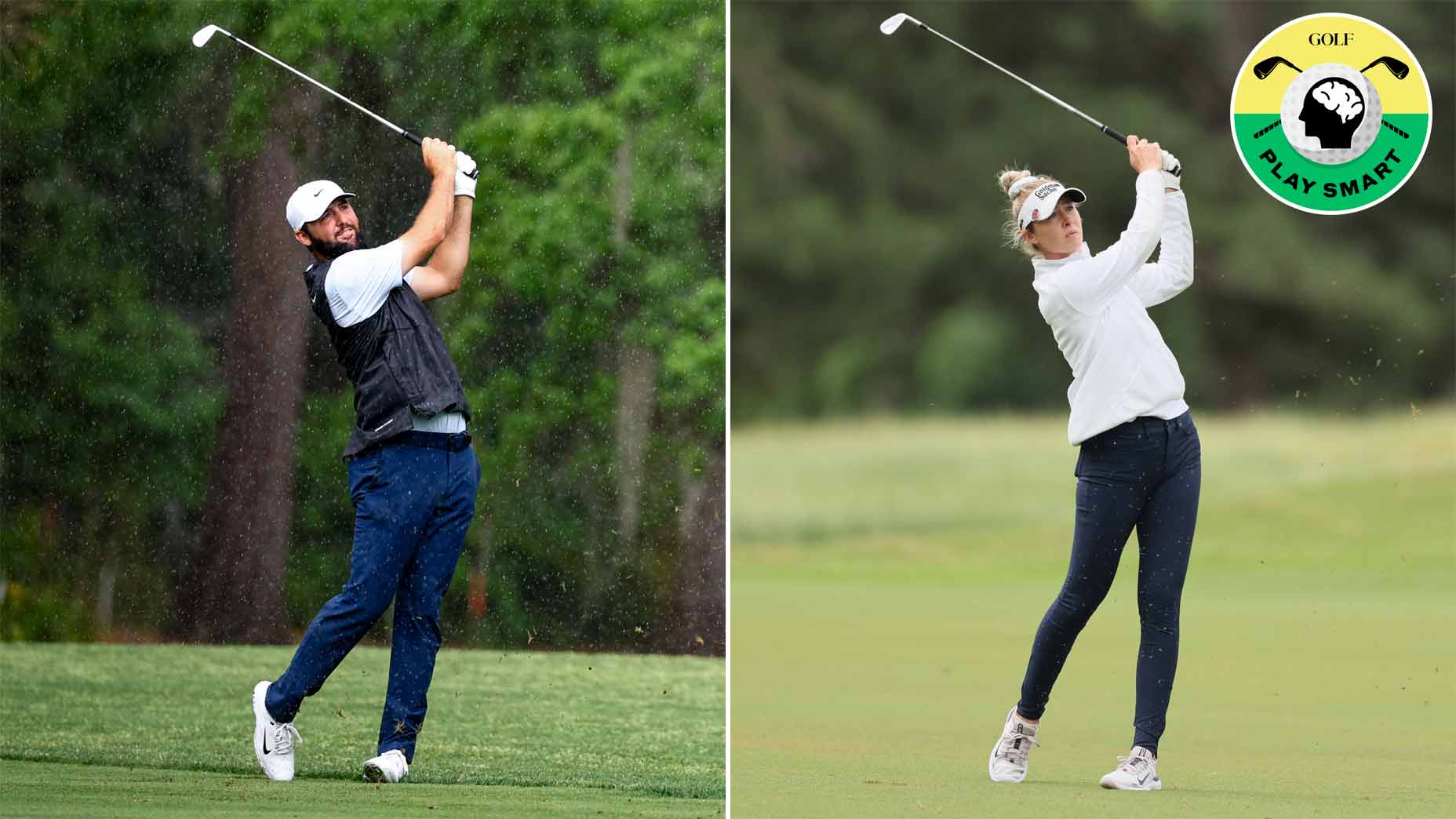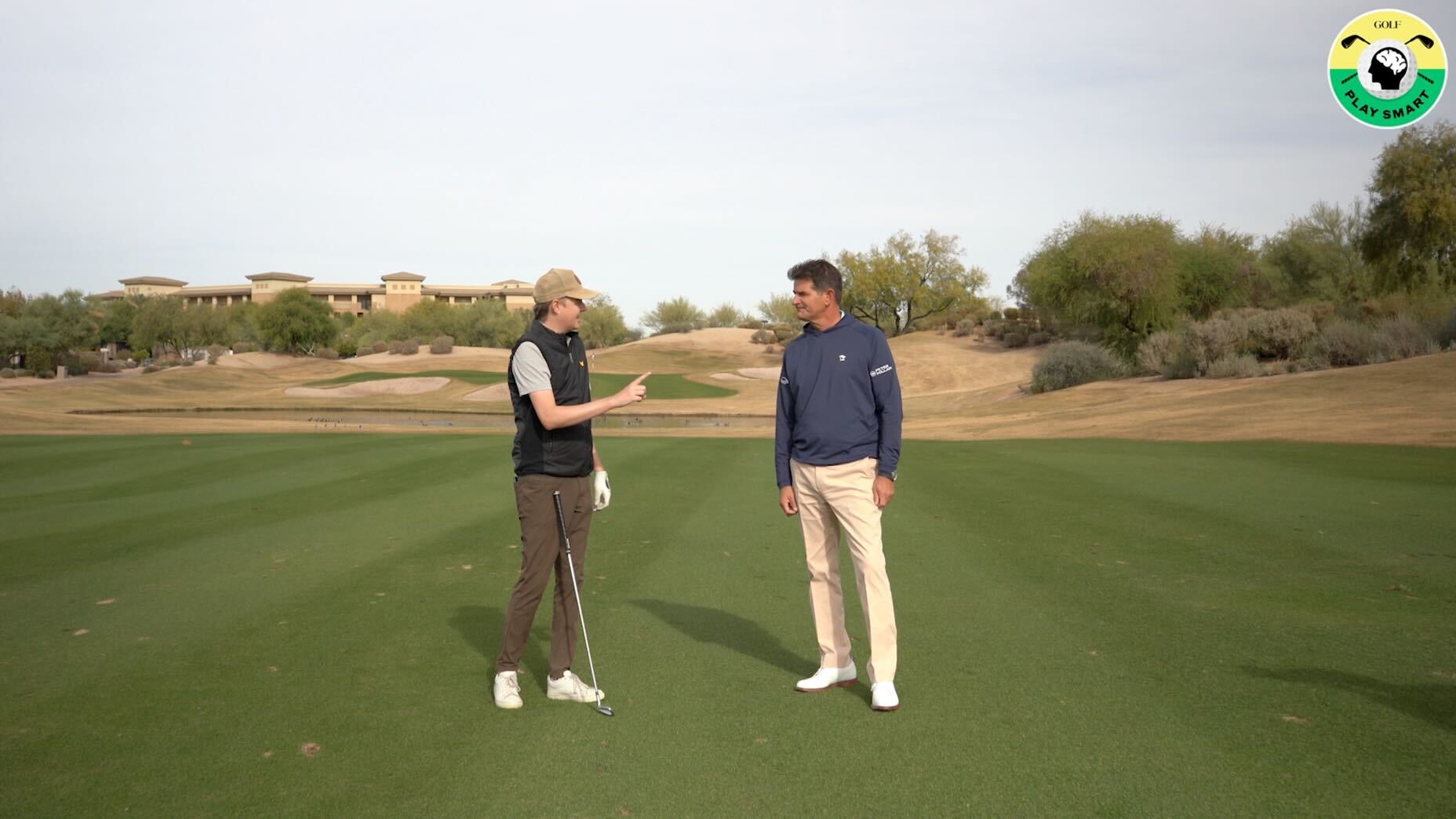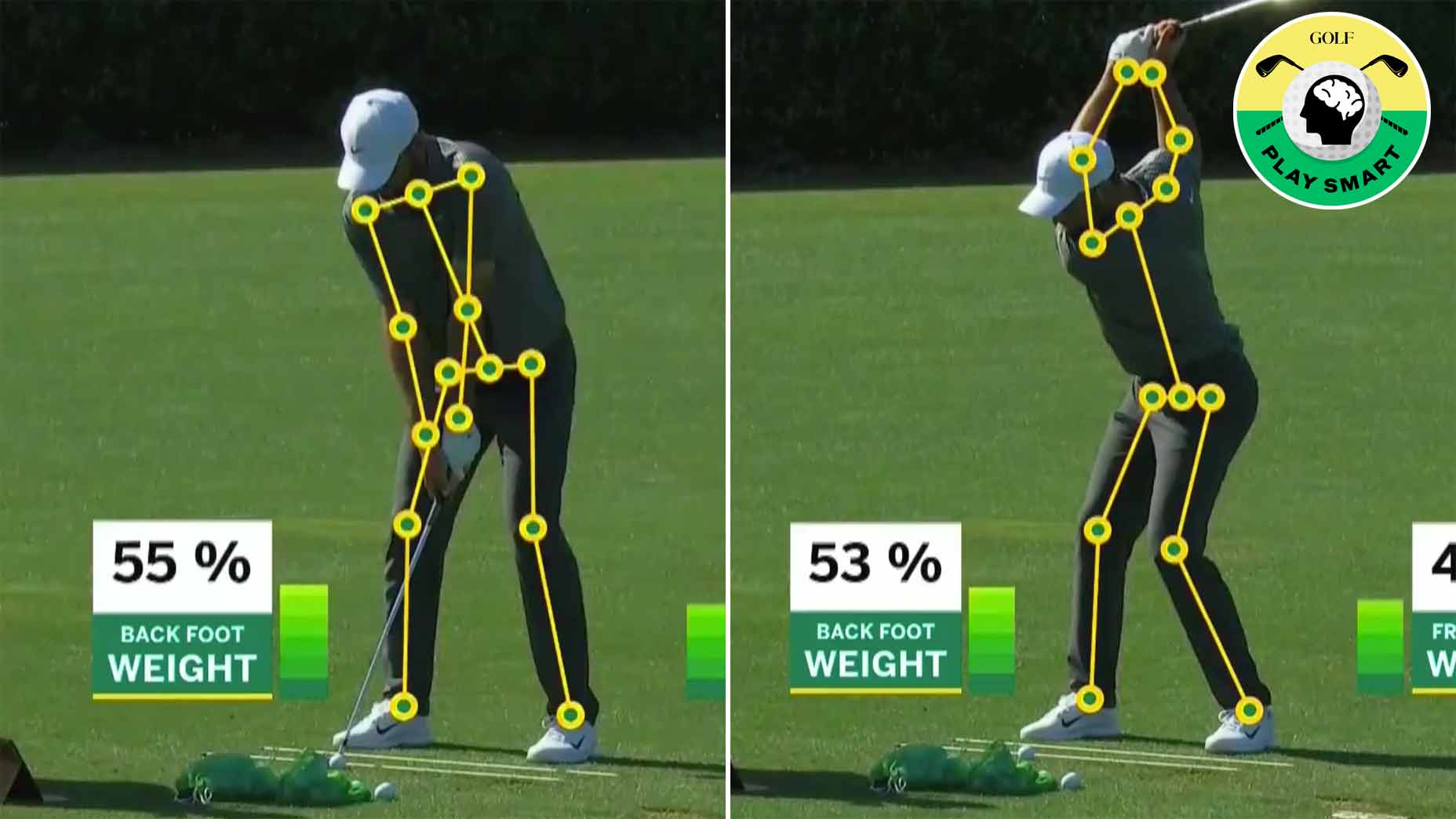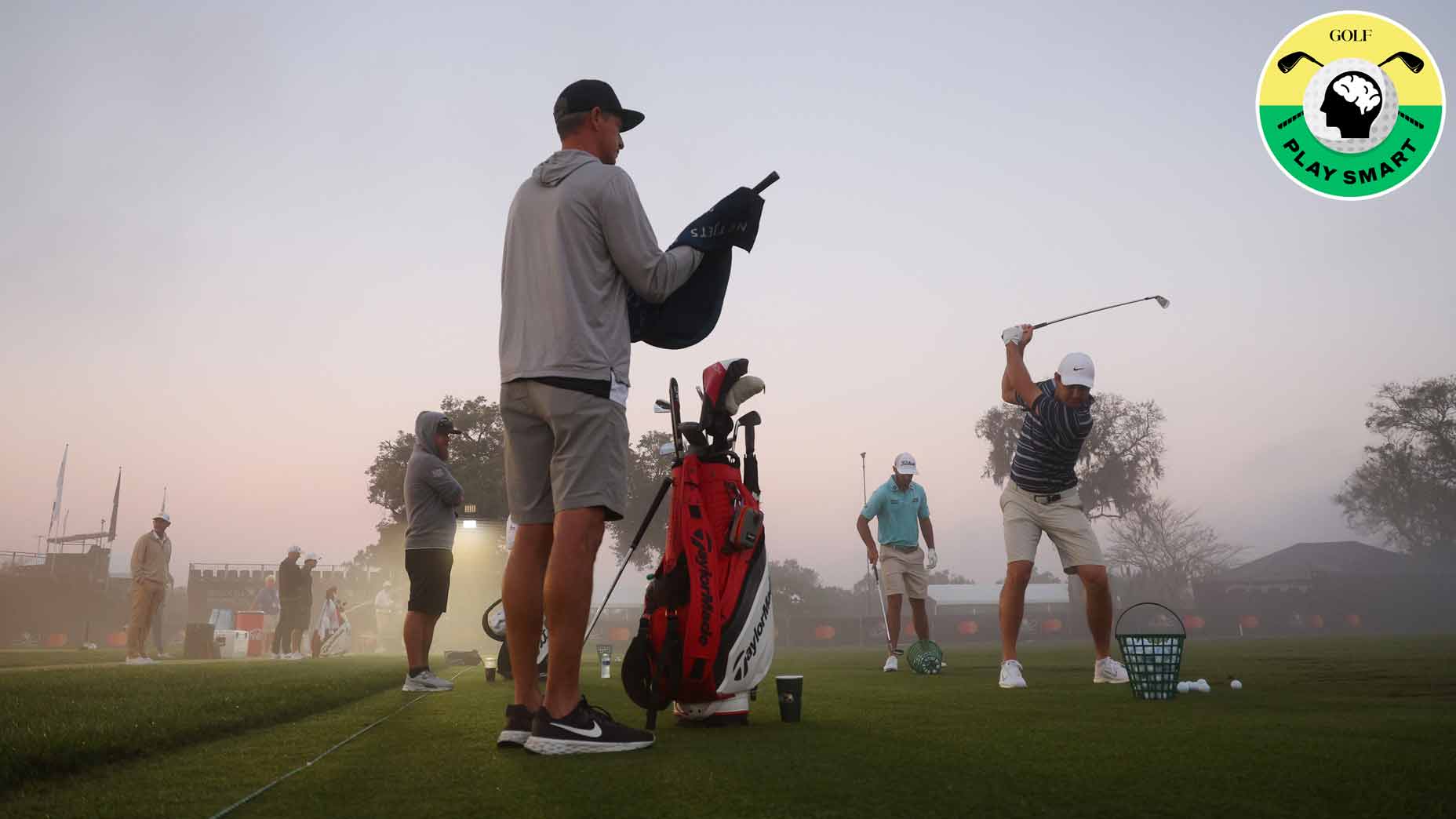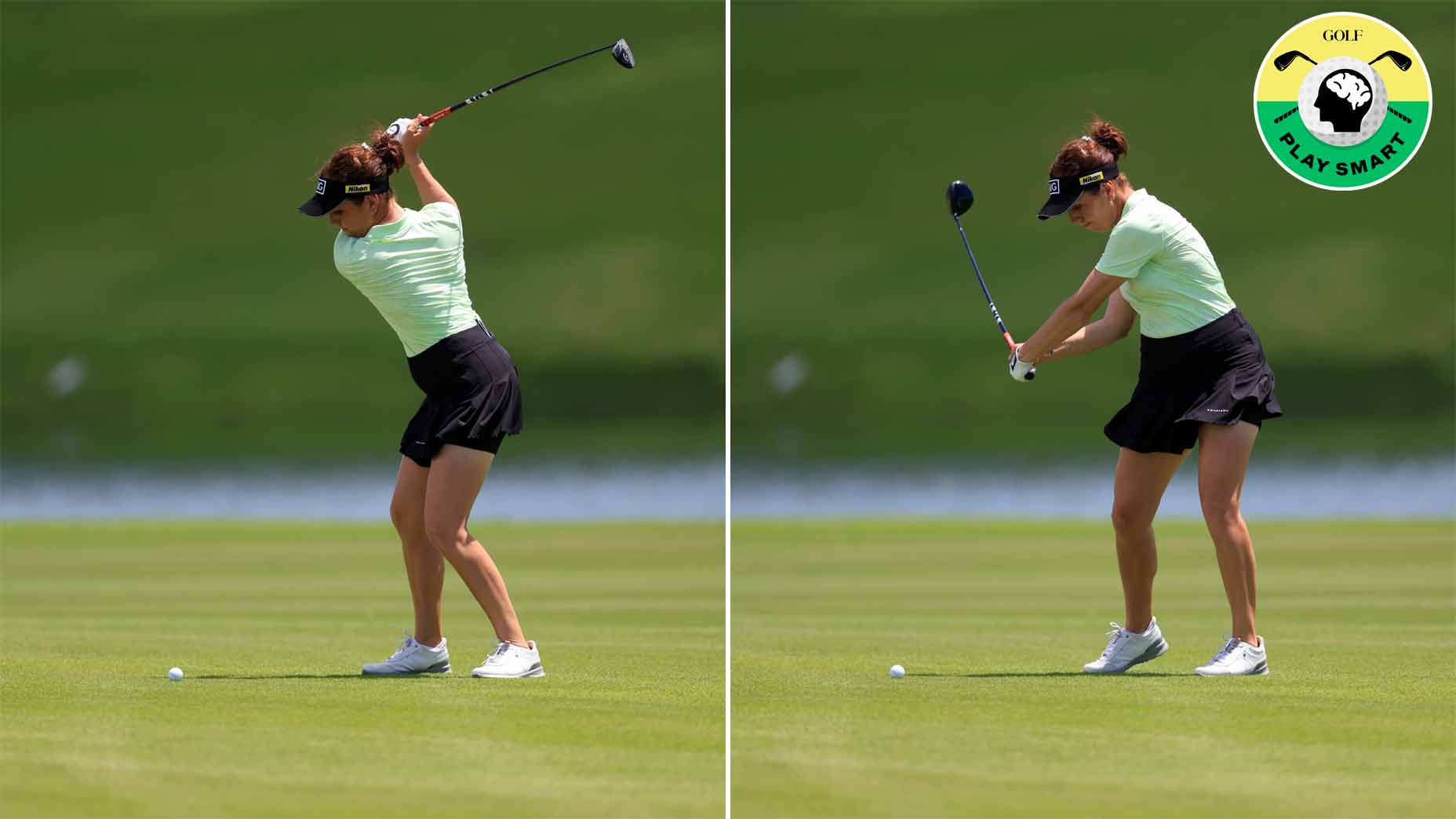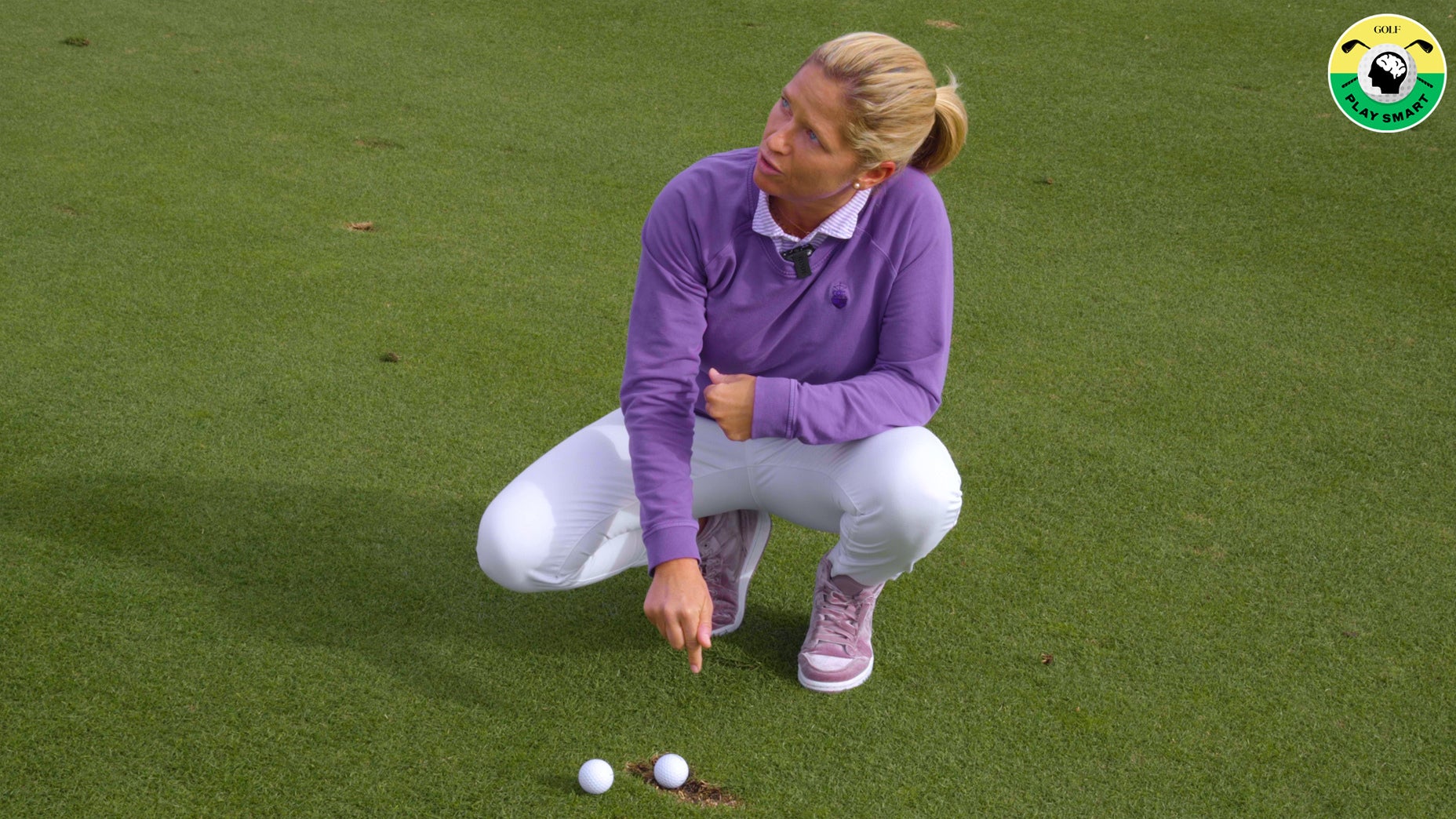Calvin Peete was the straightest driver in PGA Tour history — these were his 2 accuracy keys
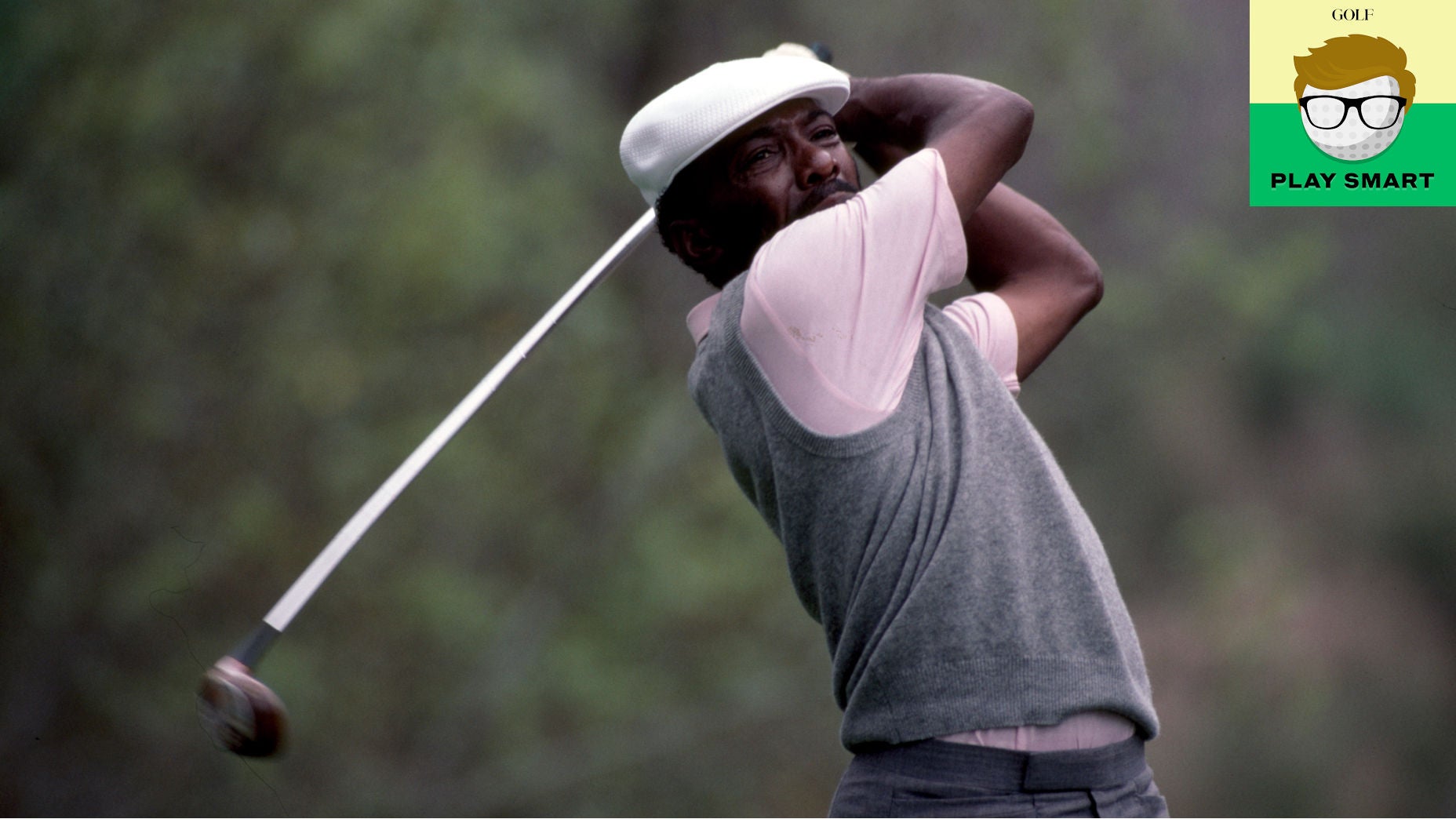
Calvin Peete watches a tee shot.
Getty Images
Welcome to Play Smart, a game-improvement column that drops every Monday, Wednesday, and Friday from Director of Game Improvement content Luke Kerr-Dineen to help you play smarter, better golf.
So much of the oxygen in golf nowadays is consumed by the idea of distance. Why it’s so important — why it’s too important — why you don’t have enough of it and the various things you can do to get more of it. Lord knows I’m guilty of feeding this beast. And while distance is obviously important, all it takes is a trip to your local golf course to remind yourself that among the game’s rank-and-file, a lack of distance often isn’t their top concern. Average, recreational golfers usually struggle more with consistency of contact, and along with that, simply moving in their desired direction.
Which brings us to Calvin Peete, the most successful Black golfer in PGA Tour history before Tiger Woods came along, and the statistically straightest driver in golf’s history. In 1983, Peete led the Tour in driving accuracy, hitting a whopping 84.5 percent of his fairways, 9 percent more than the next straightest driver on Tour and about 22 percent straighter than PGA Tour average.
No golfer on Tour, before or since, clocked a higher fairways hit percentage than Peete did in 1983. That may have been the high point, but his unprecedented ability to keep his ball in the fairway spanned 10 years.
SIM2 Driver
Calvin Peete Driving Accuracy
1980: 78.74% (2nd)
1981: 81.86% (1st)

1982: 81.29% (1st)
1983: 84.55% (1st)
1984: 77.53% (1st)
1985: 80.56% (1st)
1986: 81.69% (1st)
1987: 83.04% (1st)
1988: 82.49% (1st)
1989: 82.63% (1st)
1990: 83.67% (1st)
There’s so much to admire about Peete (did we mention he didn’t take up golf until he was in 20s?), but let’s take a moment to look back into the archive to learn more about his accuracy tips.
“The driver can be your best friend or your worst enemy,” Peete says in this delightfully 80s video. “If you’re not driving the ball well, it can be the difference between playing offensive golf and defensive golf.”
Sold! Let’s dive right in.
1. Good Balance
Balance, Peete says, is the first and most important key to accurate drives. If your balance is off, the direction of your club will be, too. Without a good foundation, you’ll be costing yourself both distance and accuracy, he says.
“Good balance throughout the golf swing is so important,” Peete says. “Making sure I build a good foundation and maintain that good foundation throughout the golf swing.”
2. Good Ball Position
Once you’ve set that foundation, the next most important thing is your ball position. It doesn’t just need to be in the right spot, you need to put it in the correct spot, repeatable, Peete says.
“Making sure you maintain good ball position, consistent ball position, is very important,” he says. “The bottom of the arc needs to meet the ball at the same spot every single time. If I move the ball position, I move the bottom of the arc. You may get away with moving the ball position with your irons, but not your driver.”
From there, just make a big turn, and keep your tempo smooth. Watch the full video below:
Need more help with your accuracy? Get a club fitting from the experts at out sister company, True Spec Golf.




